Sally Quigley is not a farmer. But today, at a food distribution event in the parking lot of CURE Insurance Arena in Trenton, she could fool anyone.
She looks down at a table heaping with butternut squash and recalls wistfully how she planted this squash and later got to harvest it. Today, she’s proud to hand it over to families that will eat it for dinner.
It is mid-October and Quigley is a regular volunteer with Rolling Harvest Food Rescue, a nonprofit organization that rescues produce that would otherwise go to waste and distributes it to food pantries and food-insecure people throughout Bucks, Montgomery, Chester, Hunterdon and Mercer counties.
Rolling Harvest’s food rescue operation is centered around gleaning—harvesting produce that farms aren’t able to sell, either because it’s surplus or because it doesn’t match customers’ aesthetic expectations.
It’s a concept at least as old as the Bible, where farmers are instructed to leave some of their crops unharvested for those in need. Instead of plowing that extra produce under or throwing it out, farms alert Rolling Harvest to dispatch a team of volunteers to reap the crops. Volunteers’ shifts are usually only a couple of hours but can yield hundreds of pounds of produce—enough to fill dozens of boxes, baskets and bins.
“Philadelphia has the highest hunger rate out of any big city in the United States [and] the highest poverty rate of any big city in the United States.”
— Joel Berg, CEO of Hunger Free America
After harvesting the produce, volunteers load it all in the back of a pickup truck or van—the “rolling” in Rolling Harvest—and do one of a few things with it.
Sometimes the harvest will go directly to a food distribution event, where food pantries and senior centers will take the produce to their own locations to be distributed to individuals. It also may be directly transported to a food pantry.
But most often the gleaned produce will go to Rolling Harvest’s storage facility. From there, pantries can come pick it up at their own convenience, or the produce will remain in storage until the next distribution event.
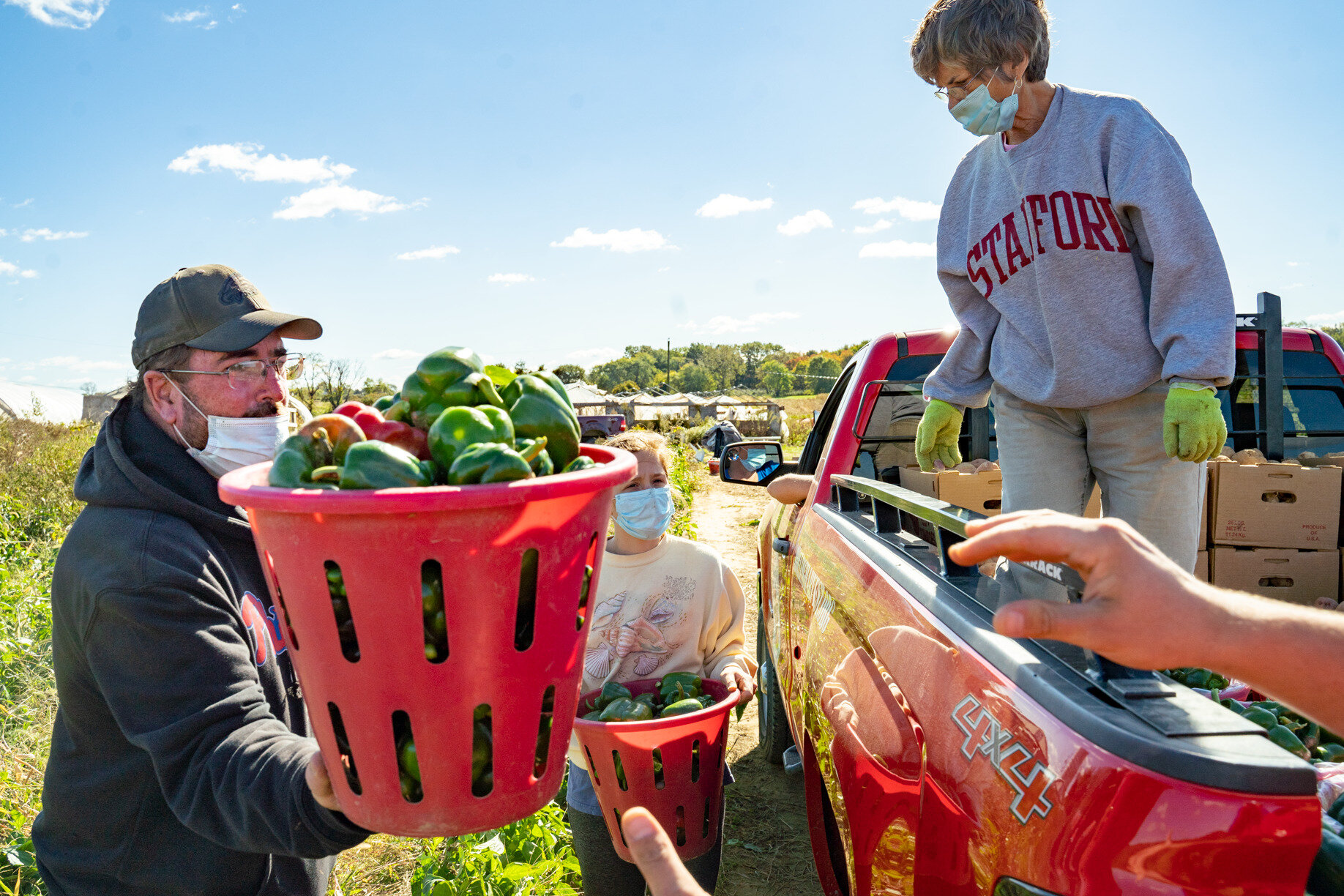
Since many food pantries are stocked with food that is shelf-stable, which in many cases is not ideal for nutrition and long-term health, Rolling Harvest’s mission lies in supplementing meals with items that are fresh and nutritious.
But since recipients are not always familiar with certain types of produce and how to prepare them, the organization also holds cooking classes. These classes have moved online due to COVID-19.
Rolling Harvest Founder and Executive Director Cathy Snyder says the ethos behind the classes is essentially: “Here’s how you prepare it. Take some ingredients. Make it for yourself.”
“People would come back and share how excited they were to try new things,” she says.
Rolling Harvest started when Snyder was volunteering with a food pantry in New Hope. She realized that the quality of the food that people were receiving wasn’t ideal; meanwhile, local farms had food going to waste.
She knew there had to be a way to get this food to people who needed it. After surveying farmers about the problem, Snyder began to bring her van to farms. They let her take what they knew they couldn’t sell.
Eventually, Rolling Harvest expanded enough to require volunteers to harvest crops on partnering farms and to help distribute those crops at food distribution events.
The October event was advertised as an “emergency free farm market,” since Rolling Harvest would be giving away 10,000 pounds of fresh produce, most of it organic. The market featured butternut squash, sweet potatoes, radishes, jalapeños, oyster mushrooms, green beans, cilantro, bibb lettuce, onions, carrots and apples.
Some of this produce was gleaned by Rolling Harvest volunteers; the rest was donated or purchased from farms and food distributors. All of it was hand-selected by Snyder to supplement the USDA Farmers to Families Food Boxes, which they’re also distributing to recipients. These boxes contain eggs, dairy, meat and other products from local farms and is part of a coronavirus assistance program that aims to simultaneously reduce food insecurity and to support farmers that have lost revenue.
It’s hard to underestimate the size and intricacy of the food distribution event in Trenton. The amount of food they have to distribute is difficult to fathom—42,000 pounds of food, 32,000 of it comprised of the Farmers to Families Box Program boxes.
There’s a few dozen volunteers, wearing disposable gloves and putting produce into bags. Cars start lining up at 10 a.m., even though flyers say the event doesn’t start until noon. But when it starts, it runs like a well-oiled machine, or a dance, as Snyder describes it.
Recipients drive their cars up to tents, open their trunks and tell volunteers whether they need one or two boxes. (Rolling Harvest requires no registration or ID from recipients, while many food pantries and distribution events do.) It goes on like this for hours. By the end of the day, they’ve distributed food to 1,000 families, most of whom are from the Trenton area, but some have come from as far away as Philadelphia.
Joel Berg, CEO of Hunger Free America, a nonprofit group focused on implementing policies and programs to end hunger in the United States, notes that “Philadelphia has the highest hunger rate out of any big city in the United States [and] the highest poverty rate of any big city in the United States.”
The problem of hunger doesn’t stop at the city’s boundaries—the suburban and rural counties surrounding Philadelphia are home to thousands of families who aren’t sure what their next meal will be. This reality runs counter to common perceptions of some of these counties. For example, Bucks County, known for its idyllic suburban landscape, is projected to have an overall food insecurity rate of 11.4% for 2020, according to Feeding America, the largest hunger-relief organization in the United States— 61% higher in 2020 than it was in 2018.
Mass job loss and overall economic precarity resulting from the pandemic have made the hunger crisis worse. During 2020, Rolling Harvest had distributed more than 500,000 pounds of food by the start of October. In a normal year, the amount of produce they distribute doesn’t exceed 350,000 pounds.
The steep increase in food distributed is due to Rolling Harvest’s quick response to food insecurity caused by the job losses and economic strife resulting from COVID-19.
They began doing emergency pop-up distribution events like the one at the CURE Insurance Arena, with certain changes to ensure the safety of recipients and volunteers, such as social distancing, masks-wearing and the use of hand sanitizer. Instead of allowing recipients to select their own pieces of produce, it was handed to recipients in plastic bags. Their ability to pivot so quickly comes from their relationships with all involved.
Building strong relationships with farmers is at the core of the nonprofit’s mission. Their relationships with some farms is such that a farmer can text Rolling Harvest and have volunteers show up within a few days’ notice. These relationships have evolved to the point where farms ask Rolling Harvest what they can grow specifically for them.
Solly Brothers Farm, in Warminster, began planting broccoli, cauliflower, sweet potatoes, cabbage, peppers and tomatoes just for Rolling Harvest’s purposes. Trauger’s Farm Market, in Kintnersville, has planted 10,000 onions. Gravity Hill Farm, in Titusville, New Jersey, has given over three of their seven acres to Rolling Harvest, where they’re able to grow culturally appropriate foods: beets for Russian and Eastern European communities and jalapeños and tomatoes for Latinx communities.
“The farmers do all the work and we get all the hugs. One of the most important things we can do is to let the farmers know the impact,” notes Snyder. “They started asking, ‘What would you like us to grow for you?’ And we came up with our wishlist.”
Rolling Harvest’s origins lie in recognizing and bridging the chasm that lies between farms and the food insecure people in those farmers’ own communities. The
number of people who volunteer with them is in the hundreds. Many use the Rolling Harvest app, which makes it easy to pick shifts.
“One of the most important things we can do is let the farmers know the impact.”
—Cathy Snyder, founder of Rolling Harvest
Volunteer Bridgitte Perry reminisces on harvesting corn during a gleaning shift this summer: “The farmer said, ‘Before you go, make sure you eat a piece of corn. There’s nothing like fresh corn on the cob.’ I said, ‘Alright, I have to do it.’ It was delicious. I had juice running down my face.”
In some ways, gleaning benefits everyone involved: farmers reduce waste, food insecure families get nutritious food and volunteers have a chance to learn about agriculture. But according to Berg, as beneficial as gleaning is, it should not be seen as a serious solution to hunger.
“We need far more systematic, widespread, comprehensive solutions … ,” he says. “The top thing we need to do is get people jobs that pay a living wage, and then after that, we have to make sure there’s a sufficient government safety net.”
He points out that government programs like SNAP provide 15 times the dollar amount of food distributed by every charity in America. Nonprofit gleaning organizations do meaningful work but still only put a small dent in America’s hunger crisis, even though the program itself is underutilized.
But that might be changing.
Snyder realizes that as painful as COVID-19 is for families, it does have a silver lining: The stigma associated with seeking help with food insecurity is dissolving—families in need are more comfortable using the resources available to them, including food distribution nonprofits like hers.
Reducing stigma around using available resources and demanding a living wage are things we can all do to eliminate food insecurity in the future.
You don’t have to be a farmer to do it.



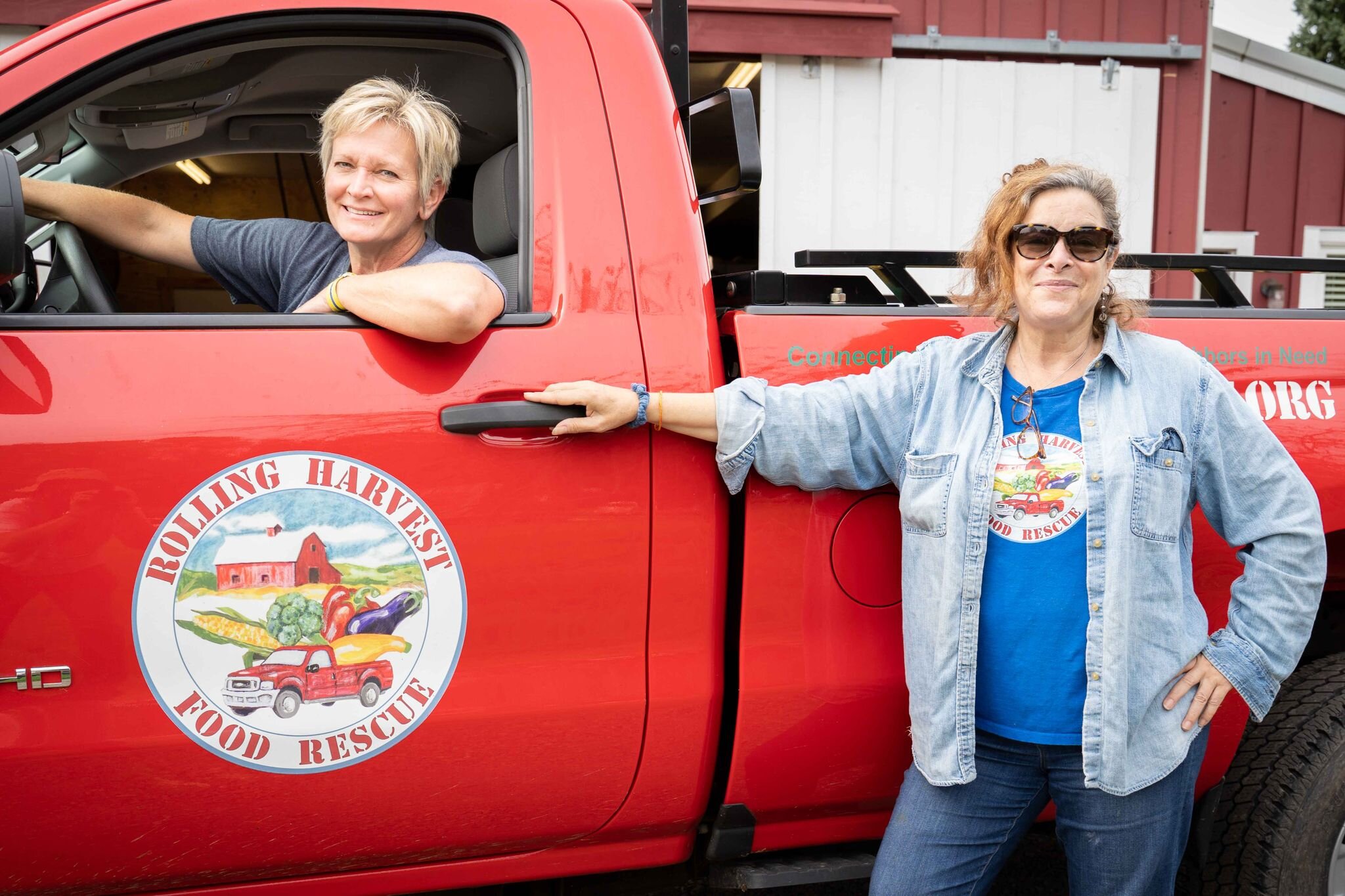
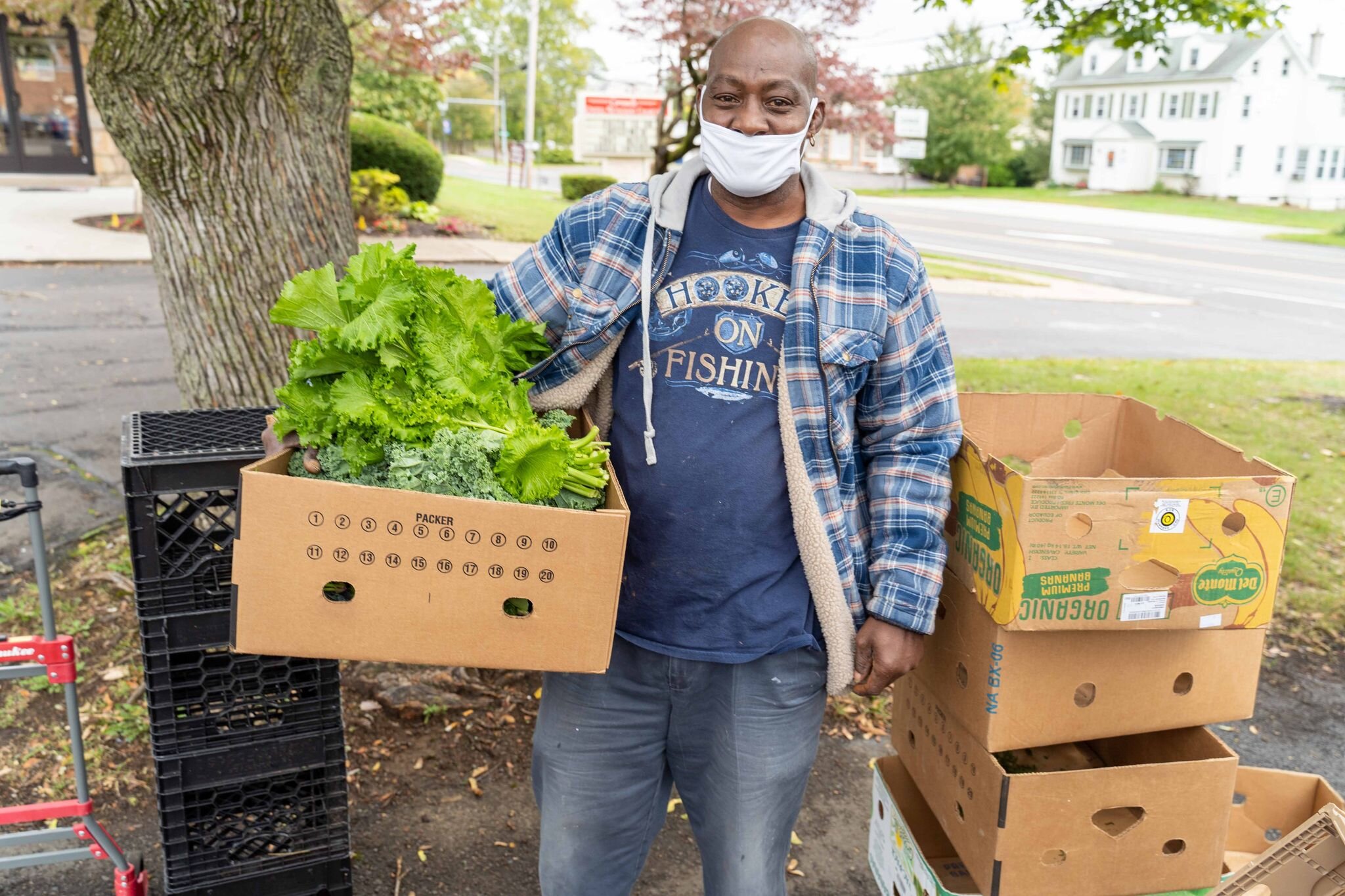
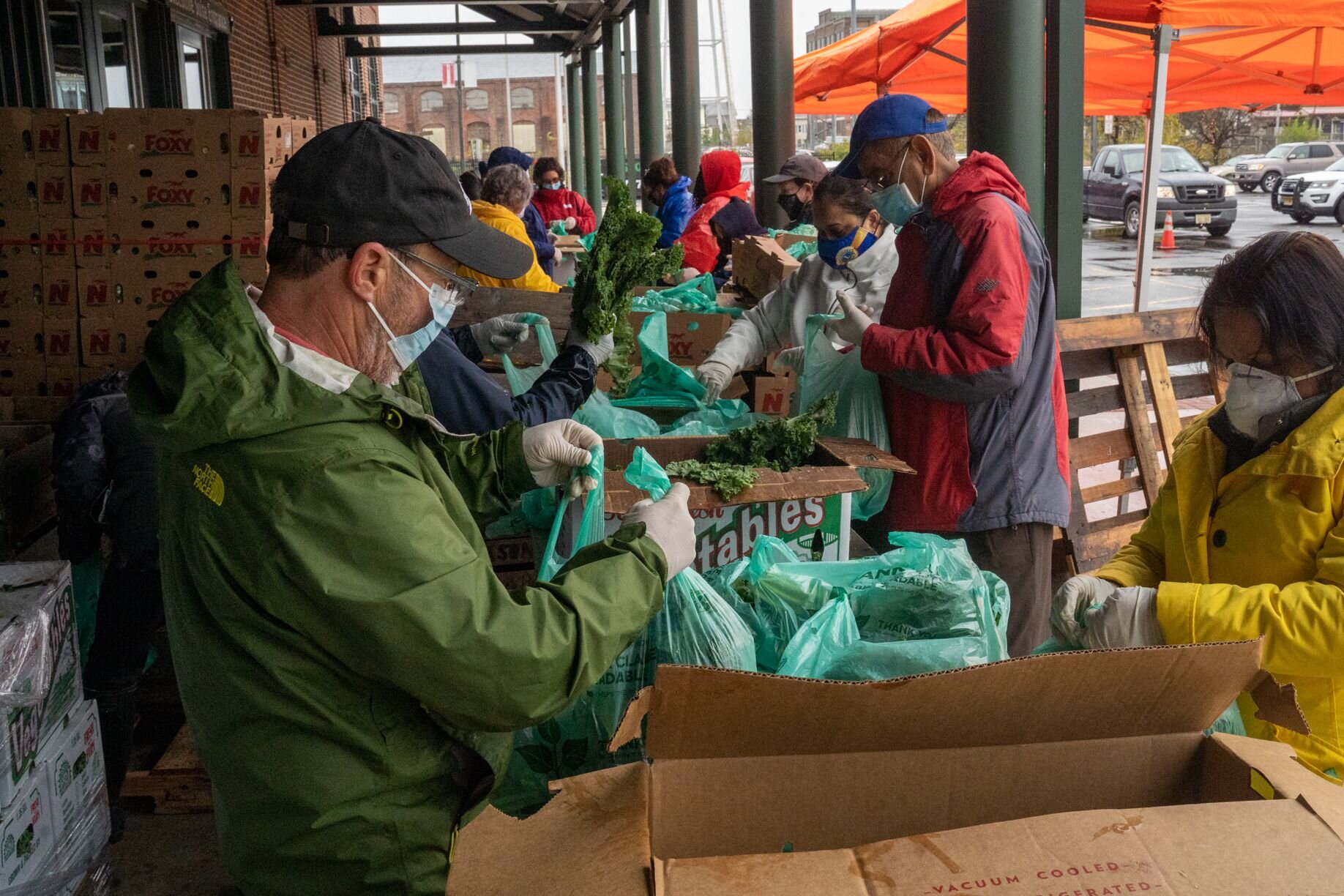
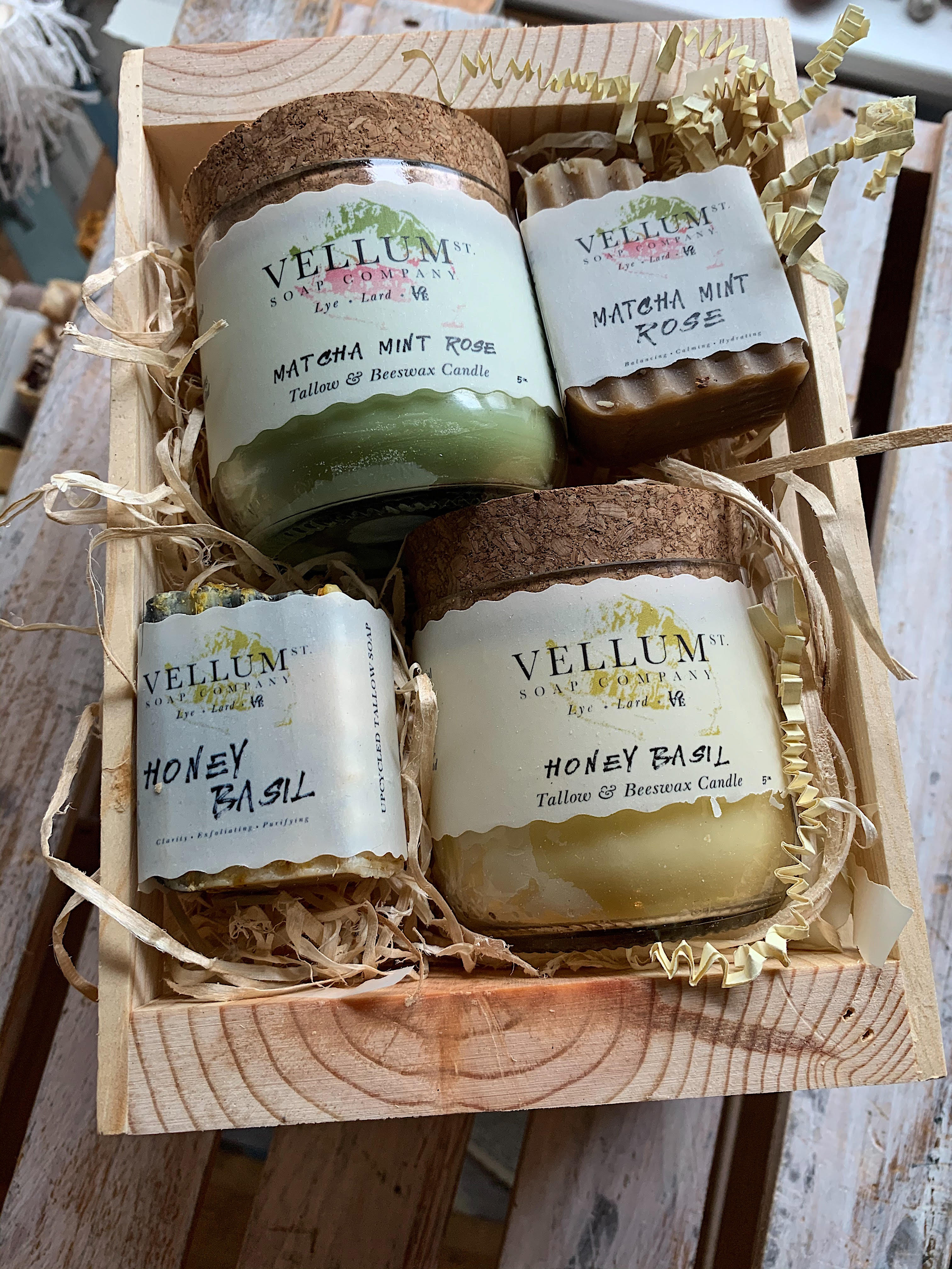




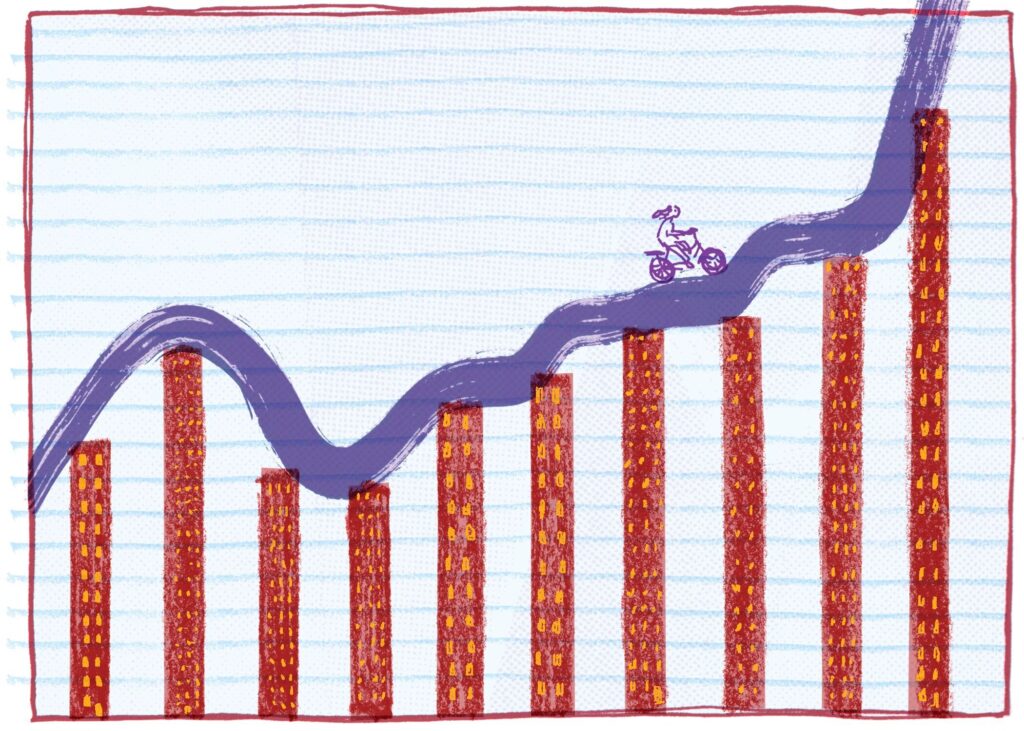
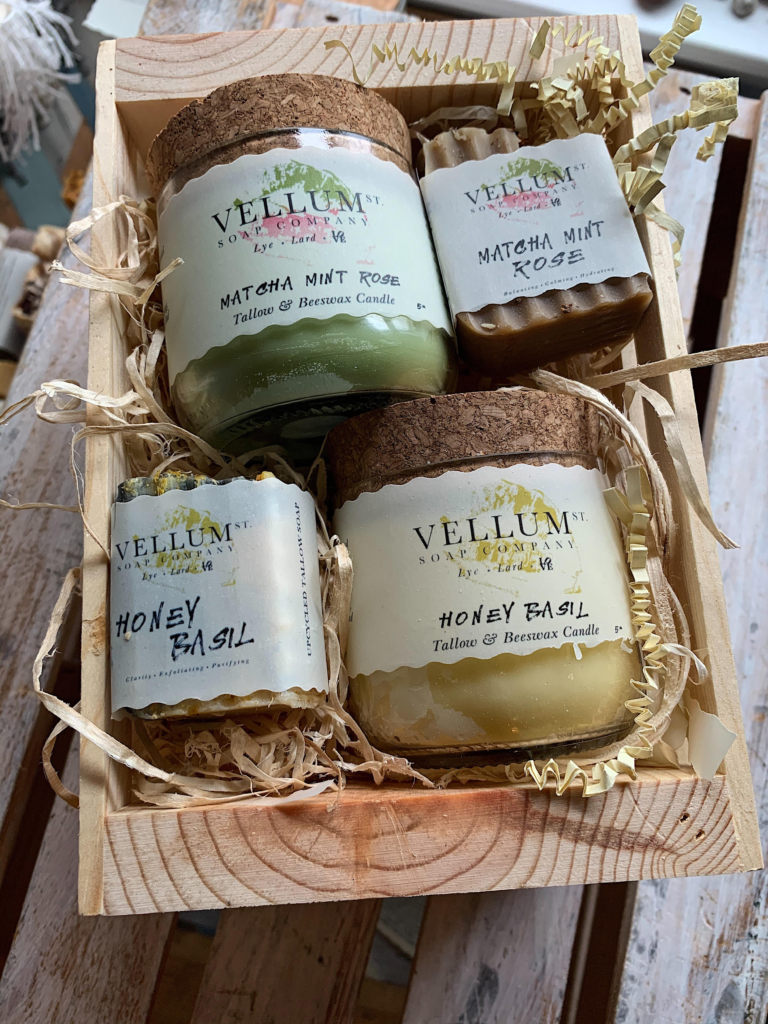
This is a wonderful program!! But how do home bound folks get any of the veggies and stuff??